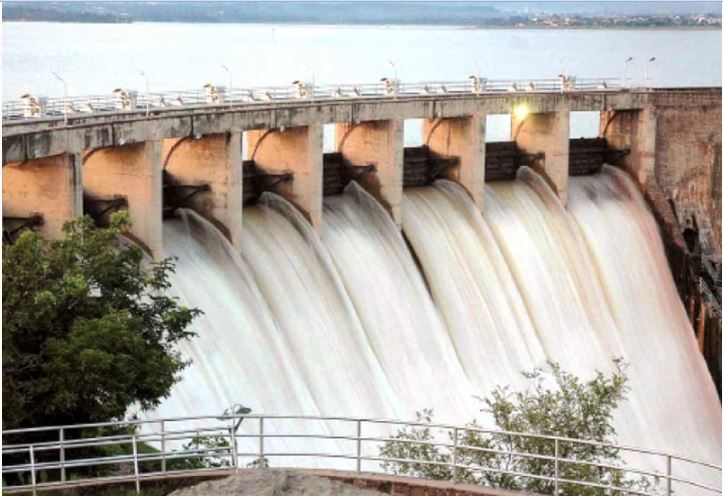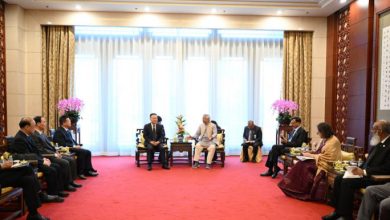Small Dams Vital to End Water Crisis in Potohar Region: Commissioner RWP
All water-related issues would end forever if all small dams are operated properly in Potohar region
- All water-related issues would end forever if all small dams are operated properly
- Rawalpindi Forest Department approved the construction of 10 small dams for the conservation of rainwater in 2020.
- 58 small dams are in the Rawalpindi division and the federal capital, Islamabad
Rawalpindi: Water management related authorities in Rawalpindi are directed to make all small dams operational immediately to increase agricultural activities, and to end the water crisis in the Potohar region particularly in and around Rawalpindi.

This was stated by Commissioner Rawalpindi Division Liaquat Ali Chatha during a briefing about the importance of small dams held here on Thursday and attended by the Secretary of Irrigation Dr. Wasif.
The Commissioner Rawalpindi Division stressed that all water-related issues would end forever if all small dams are operated properly.
He has directed to start renovation work on small dams immediately which were not functional for years. The locals of the Potohar region have been facing a shortage of fruits, vegetables, wheat and even drinking water. “We could handle this issue through small dams,” he assured.
Deputy Commissioner (DC), Rawalpindi Hasan Waqar Cheema, Director Development Nazia Sudhan, Project Director (Irrigation) Tabrez Ellahi, and several other officers were also present on the occasion.
He directed District Council, Rawalpindi to complete patchwork to approach the small dams. He has directed the revenue department to protect all catchment areas of small dams.
Small dams will not only end the water crisis but also increase agricultural activities, fisheries, and tourism activities here in the Potohar region, he assured.
The Secretary of Irrigation Dr Wasif has also assured to allocate maximum funds for small dams in the Potohar region in the next annual budget. He said that we can control all water-related crises here in Rawalpindi through small dams. The irrigation department during its briefing said that there are a total of 58 small dams here in the Rawalpindi division and the federal capital, Islamabad. The gross storage capacity of these small dams is 0.29 million acre-feet. We are getting 43.15 million gallons per day of drinking water from these dams.
There are a total of 9 small dams here in Rawalpindi of which 8 dams are completely functional but 1 dam is not. There are a total of 11 small dams in Jhelum of which 9 dams are functional and 2 are not. There are total of 17 small dams in Attock of which 16 are functional but 1 is not. There are 13 small dams in Chakwal of which 10 dams are functional and 3 are not functional.
Rawalpindi region, has constructed over 1,800 mini dams in Potohar Region under the water resources development programme, which are irrigating over 45,000 acres of land with 2,000 water ponds for 20,000 acres, according to the Directorate of Soil and Water Conservation (DSWC) Punjab.
The Commissioner Rawalpindi Division has directed to ensure all small dams are functional immediately.
It is worth mentioning here that Rawalpindi Forest Department in 2020 approved the construction of 10 small dams for the conservation of rainwater. These reservoirs will be built in the forests in the four mountainous tehsils of the division.
It was decided at that time, the district forest department will bear the expenditures incurred on the construction of reservoirs. The accumulated rainwater will be used for irrigation purposes along with fulfilling the water needs of domestic animals. The water can also be used to extinguish forest fires. But, to date these dams have not been constructed.







